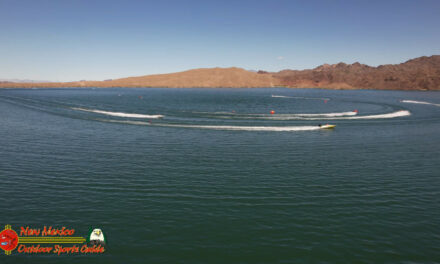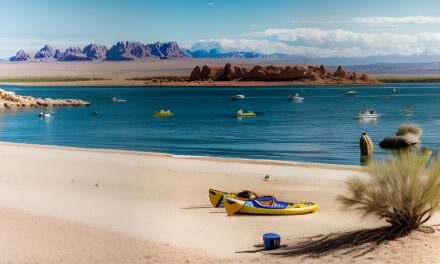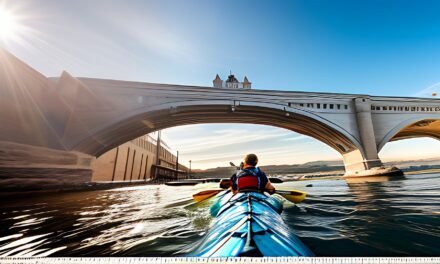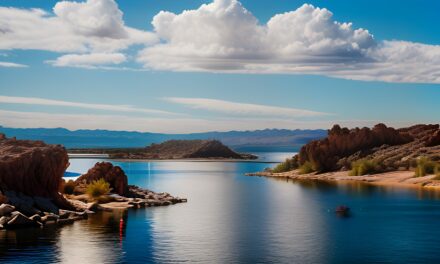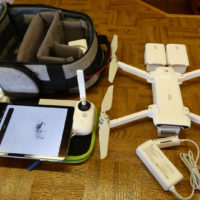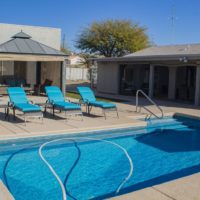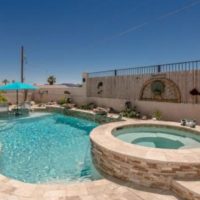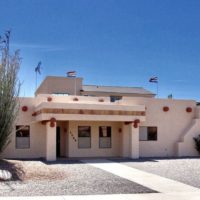the cost to operate them. This key finding was highlighted by a
university researcher in a recent briefing to the Texas State Parks
Advisory Committee, which meets again in Austin on July 14.
– Lake Havasu
John Crompton, Ph.D., a professor with the Texas A&M University
Department of Recreation, Park and Tourism Sciences, made a
presentation to the advisory committee on May 19. The committee was
appointed by Texas Parks and Wildlife Commission Chairman Joseph
Fitzsimons to examine funding alternatives for state parks and other
issues.
Crompton and his colleagues were commissioned to study the economic
value of 80 state parks across Texas by the Texas Coalition for
Conservation, a nonprofit umbrella group formed to support parks and
natural resource conservation in Texas.
“I read the 1998 report A&M put out called Texas Outdoors: A
Vision for the Future, which had a small blurb on the economic value of
parks, and I told [State Parks Director] Walt Dabney that we needed to
get the A&M experts to expand on this topic,” said George Bristol,
Texas Coalition for Conservation director. “The department didn’t have
the resources to do it, so we raised close to $100,000 to fund the
study.”
As a result, the A&M team interviewed 11,709 state park visitors
for “The Economic Contributions of Texas State Parks” research report
issued in 2005.
“Our research proved that state parks attract non-resident visitors
to local areas,” Crompton said. “These visitors spend money locally,
and this new money from outside the region creates income and jobs for
area residents.”
The 80 state parks in the study generated an estimated total of $793
million in sales, $456 million impact on residents’ incomes and an
estimated 11,928 jobs.
Crompton emphasized that only expenditures of park visitors from
outside the host counties were measured. Spending by local residents
and “casual” visitors attracted to the community for other reasons was
excluded. The research thus measured only economic benefits drawn to
local areas by state parks.
For example, during the study Mustang Island State Park cost $52,000
more to operate than was covered by park revenue from entrance and
camping fees– Crompton said this represents the state’s net investment.
In return, the park generated 47 jobs and more than $1.4 million in
income for Nueces County residents.
In a recent survey, Crompton said tourists from outside Texas ranked
the things that were most important to them. The top 10 were 1. Pretty
Scenery, 2. Historical Sites, 3. Beautiful Beaches, 4. Interesting
Wildlife, 5. Opportunities for Adventure, 6. Museums, 7. State Parks,
8. Festivals or Special Events, 9. Lakes & Boating Activities and
10. Good Hiking Trails.
“Tourism is a major component of the Texas economy, attractions
drive tourism, and state parks operate more of these desired
attractions than any other entity in the state,” Crompton said.
Further, he argued that investing in maintaining and improving parks increases their economic value.
“State parks are analogous to retail stores,” he said. “Economic
success depends on what happens inside the facility. Investments in
park services and amenities thus mean more visitors and higher per
capita expenditures, which equals higher revenues to the state and more
jobs and income for local residents.”
Complete economic data for all 80 state parks studied by the
university team are on the Texas Parks and Wildlife Department Web site.
– Lake Havasu



